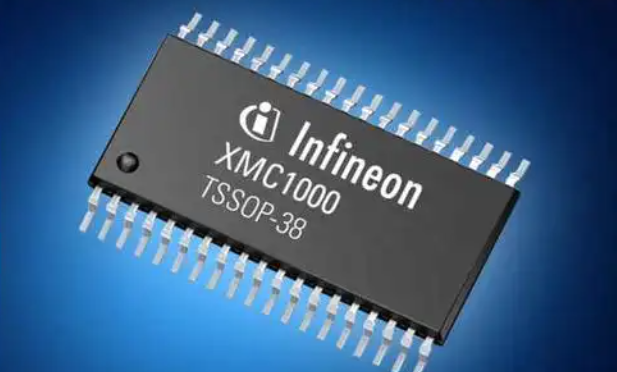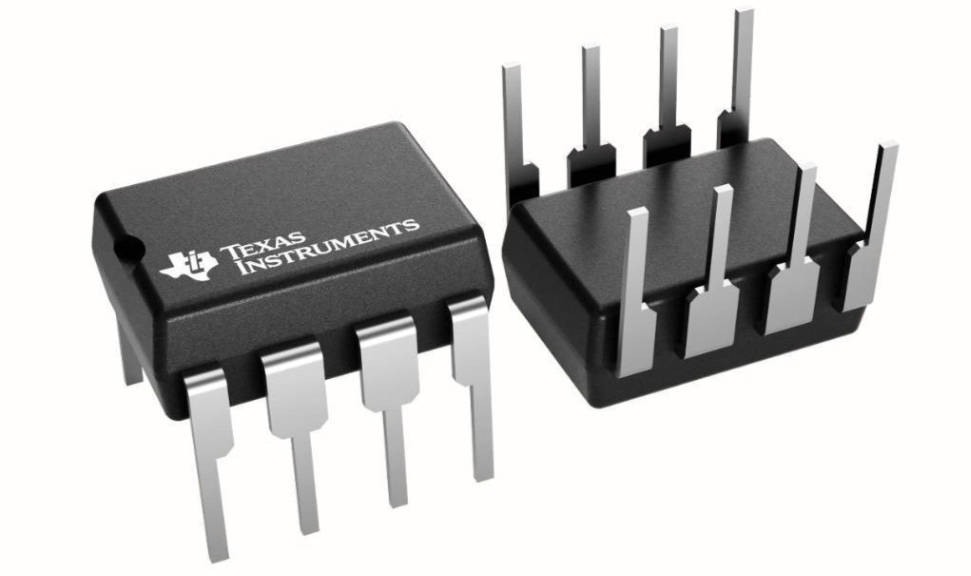Distribution of Electronic Components: Navigating the Global Supply Chain
Introduction
The seamless operation of modern technology, from smartphones to medical devices and automotive systems, hinges on a complex and often invisible backbone: the global distribution of electronic components. This intricate network is the lifeblood of the electronics manufacturing industry, ensuring that designers and engineers have access to the vital parts needed to bring innovations to life. The process is far more than simple logistics; it involves strategic sourcing, rigorous quality assurance, and navigating a dynamic landscape of supply and demand. In an era marked by rapid technological advancement and unforeseen disruptions, understanding this ecosystem is paramount for any business involved in hardware production. This article delves into the critical aspects of electronic component distribution, exploring its key players, challenges, and best practices for securing a reliable supply chain.

The Pillars of Electronic Component Distribution
1. The Key Players and Distribution Channels
The distribution landscape is primarily structured around a multi-tiered system involving manufacturers, authorized distributors, and independent brokers.
At the top are the original component manufacturers (OCMs) like Texas Instruments, Intel, Samsung, and Analog Devices. While some OCMs sell directly to large-volume original equipment manufacturers (OEMs), the vast majority of transactions flow through authorized distributors. These distributors, including giants like Arrow Electronics, Avnet, Digi-Key, and Mouser Electronics, hold formal agreements with OCMs. This authorization is crucial as it guarantees that components are genuine, traceable, and backed by manufacturer warranties. They provide immense value by aggregating products from hundreds of manufacturers into a single purchasable catalog, offering logistical support, design resources, and supply chain management.
Beyond the authorized channel exists the vast independent market, comprising brokers, traders, and independent distributors. These players operate in the open market and are often sought after for obsolete, end-of-life (EOL), or allocation-bound parts that are unavailable through standard channels. While they can be a vital source for hard-to-find components, this channel carries inherent risks. The lack of direct manufacturer authorization increases the potential for counterfeit parts, remarked or recycled components falsely sold as new. Therefore, engaging with this market requires rigorous vetting and inspection processes.
A modern and increasingly vital channel is the online marketplace. Platforms like ICGOODFIND have emerged to bring transparency and efficiency to this complex market. They aggregate inventory from numerous vetted suppliers worldwide, allowing purchasers to quickly compare pricing and availability across a global network. This digital approach is transforming how procurement specialists source both common and scarce components.
2. Navigating Supply Chain Challenges and Risks
The distribution network is perpetually vulnerable to a array of disruptive forces. The recent global chip shortage exemplified how a confluence of factors—increased demand for consumer electronics, pandemic-related factory shutdowns, geopolitical tensions, and logistical bottlenecks—can bring entire industries to a standstill. This environment of constrained supply leads to allocation, where manufacturers prorate available inventory among their customers, often resulting in extended lead times that can stretch from weeks to over a year.
Another perennial challenge is the management of component lifecycles. Electronic parts frequently go through phases: active, not recommended for new designs (NRND), and end-of-life (EOL). When a manufacturer announces a product’s EOL, it triggers a final buy period, after which the part must be sourced from the independent market. Procuring teams must have robust lifecycle management strategies to avoid last-minute scrambles that are costly and risky.
The most significant risk in component sourcing remains counterfeiting. Sophisticated counterfeiters can create components that are visually identical to genuine ones but are unreliable, perform out of specification, or have a drastically reduced lifespan. These parts can cause catastrophic failures in the field, leading to financial loss, brand reputation damage, and serious safety concerns. Mitigating this risk requires a multi-faceted approach: prioritizing authorized sources, conducting thorough supplier audits, and employing advanced component testing techniques such as X-ray inspection and decapsulation.
3. Best Practices for Effective Sourcing and Procurement
To build a resilient supply chain, companies must adopt proactive and strategic sourcing practices.
First and foremost, develop strong relationships with authorized distributors. These partners are not just vendors; they are extensions of your engineering and procurement teams. They provide access to valuable resources like product data sheets, CAD models, sample programs, and expert technical support long before a purchase order is ever cut. In times of shortage, a strong historical relationship can positively influence your allocation position.
Secondly, embrace demand forecasting and inventory management. By sharing your production forecasts with distributors, they can better plan to support your needs. Consider implementing inventory management strategies like consignment stock or vendor-managed inventory (VMI) where feasible. For critical components, strategic buffering or safety stock can insulate production lines from short-term disruptions.
Furthermore, diversify your supplier base. While authorized distributors should be your primary source, having a vetted list of reliable independent suppliers is essential for managing EOL components or bridging unexpected gaps. Utilize digital platforms to efficiently scout the global market. A platform like ICGOODFIND can be instrumental here, offering a centralized view of global inventory from multiple suppliers, thereby simplifying the process of finding reputable sources and comparing market prices in real-time, which is crucial for making informed purchasing decisions quickly.
Finally, invest in component authentication and testing. For any parts sourced outside the authorized franchise, especially from the open market, rigorous inspection is non-negotiable. Establish clear protocols for visual inspection, electrical testing, and more advanced methods to verify authenticity before parts are integrated into products.
Conclusion
The distribution of electronic components is a dynamic, high-stakes field that requires expertise, diligence, and strategic foresight. It is a complex ecosystem where manufacturers, authorized distributors, independent suppliers, and digital platforms each play a critical role in keeping the global technology engine running. While challenges like shortages, obsolescence, and counterfeiting are ever-present, they can be effectively managed by adhering to best practices: forging strong partnerships with authorized channels, implementing robust lifecycle and inventory management, diversifying sources wisely, and insisting on rigorous quality checks. In this context, leveraging digital tools and marketplaces such as ICGOODFIND provides a significant advantage, offering the visibility and agility needed to navigate market volatility and secure the components essential for innovation and production success.

















